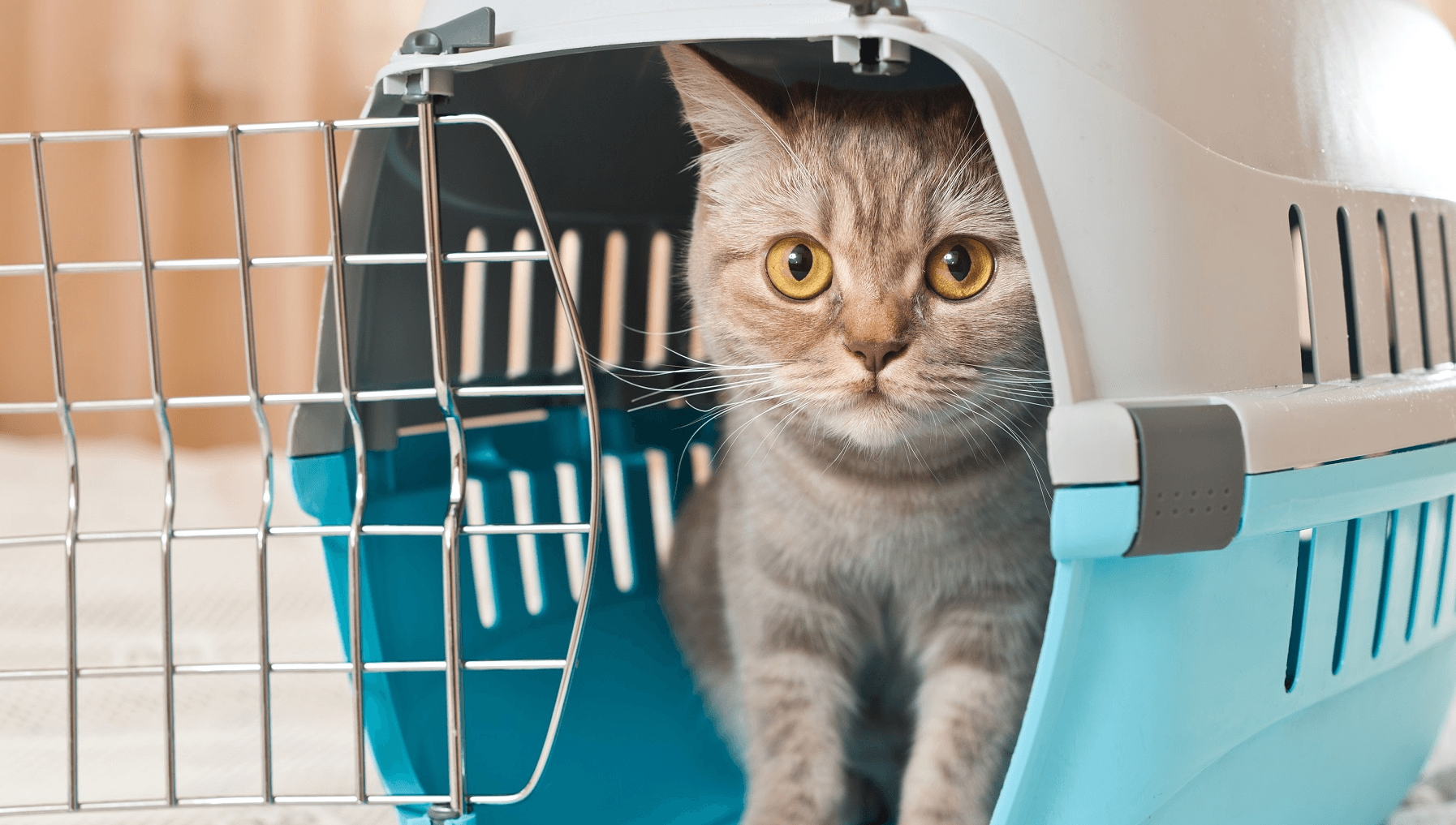Laparoscopy or “keyhole” surgery is a minimally invasive technique used to perform abdominal surgeries.
With keyhole neutering, two small incisions are made and the abdomen is filled with gas.
A camera is inserted to allow visualisation of the organs, along with instruments that enable us to surgically remove the ovaries and extract them from the body, through the same small incisions. These incisions are then sutured closed.
The benefits of key-hole spaying can include less post-operative pain, a quicker recovery time, a quicker return to normal activities, smaller incisions and fewer post-operative complications.
Laparoscopic surgery is an advanced form of surgery that not only requires additional training, but also highly specialised equipment, which is why the cost is slightly higher than some other surgeries.
For patients who are part of our Pet Health Plan Plus, we offer a 20% discount on laparoscopic neutering. Please ask our clinical team for an estimate.
Although most dogs can undergo laparoscopic neutering, depending on size and age the best surgical technique may vary, so it is best to speak to your vet to discuss this.
To learn more or book your pet in for a laparoscopic spay, please contact our reception team on 01535 602988.

